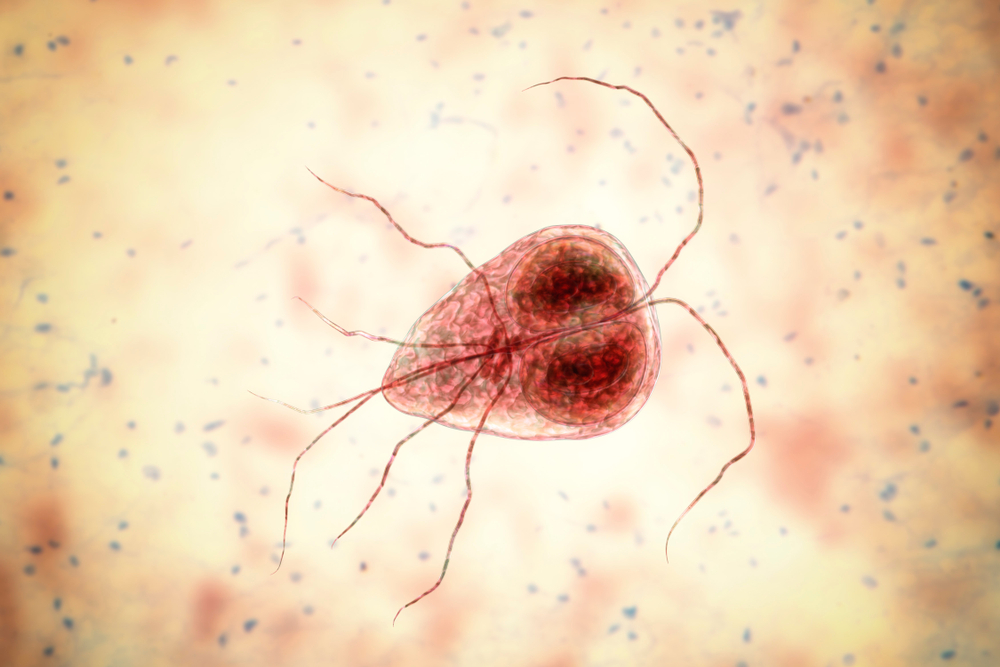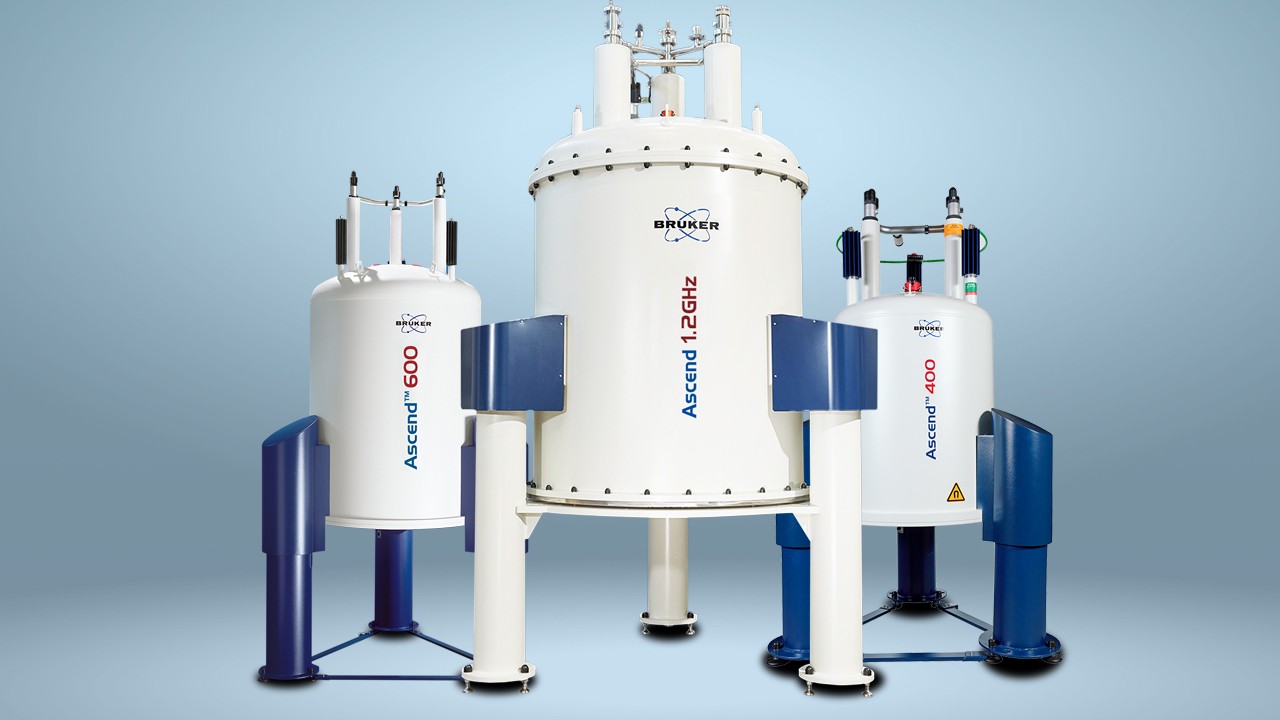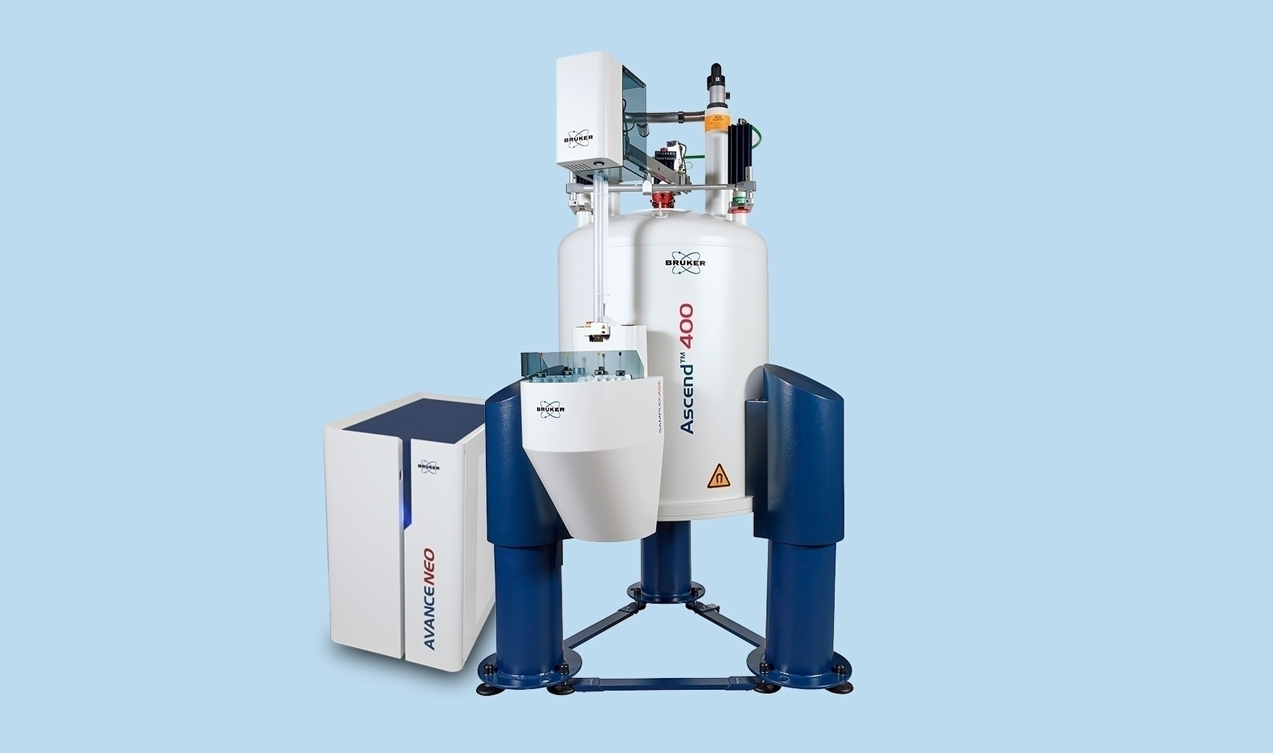

Using NMR to Assess Anti-Malarial Efficacy
Malaria is a devastating infectious disease, being responsible for around 500,000 deaths every year. The parasite causing more than half of all cases of malaria in humans is the unicellular protozoan P. falciparum. Once it invades a red blood cell (RBC) it undergoes a developmental cycle, the entirety of which is completed in 48 hours. This ultimately results in the breakdown of the RBC to release new parasites. The protozoa offspring are known as merozoites and can invade a new RBC straight away.
With the increasing prevalence of malaria that is resistant to frontline antimalarial drugs, there is a need to discover novel antimalarial compounds. Furthermore, these must be effective at all stages of the parasite’s lifecycle in order to achieve the desired outcome.
On invading a RBC, the parasite develops through a series of morphologically distinct forms, called ring, trophozoite and schizont stages, before the formation of daughter merozoites. The rapid growth and proliferation of the blood-stage parasite requires significant carbon resources and energy. Consequently, it is associated with high levels of glucose metabolism. The extent of glycolytic activity thus provides a good indicator of parasite viability.
In particular, the trophozoites are metabolically very active as they prepare for cell division, and this makes them more vulnerable to anti-malarial drugs. In contrast, ring-stage parasites are less metabolically active and can better withstand antimalarial compounds. Indeed, it has been reported that the dormancy of ring-stage parasites can contribute to the development of artemisinin resistance. Understanding the effect of antimalarial interventions on the different distinct intra-erythrocytic stages of the parasite is therefore critical to developing effective treatments.
It has been shown previously that the glycolytic activity of live RBC infected with P. falciparum can be monitored in real time by measuring lactate accumulation using nuclear magnetic resonance (NMR) spectroscopy. Researchers have now used this technique to investigate the effects of antimalarial compounds on the distinct intra-erythrocytic stages of the malaria parasite.
Monitoring glycolysis with 13C NMR spectroscopy using Bruker Avance NMR spectrometers a high-resolution metabolic profile has been generated for the entire 48-hour developmental cycle of P. falciparum.
NMR spectra revealed that RBCs infected with P. falciparum consume around 20 times more glucose than ring-stage parasites. The effects of mechanistically-distinct antimalarial compounds (chloroquine, atovaquone, cladosporin, DDD107498 and artemisinin) on the levels of glycolysis were then investigated.
The data indicated that ring-stage parasites were more tolerant to antimalarial treatments than the trophozoites. This inherent ability to withstand the effects of available antimalarial compounds may facilitate the emergence of drug-resistant malaria. Novel fast-acting antimalarial compounds that are effective against ring-stage parasites are therefore a research priority.
The NMR assay used in this study will facilitate screening to identify potential new drug candidates that reduce the viability of ring-stage parasites. As such, it represents a powerful tool in the ongoing global battle against malaria.
References
Shivapurkar R, et al. Evaluating antimalarial efficacy by tracking glycolysis in Plasmodium falciparum using NMR spectroscopy. Scientific Reports 2018;8:Article number: 18076. https://www.nature.com/articles/s41598-018-36197-3#Sec8


